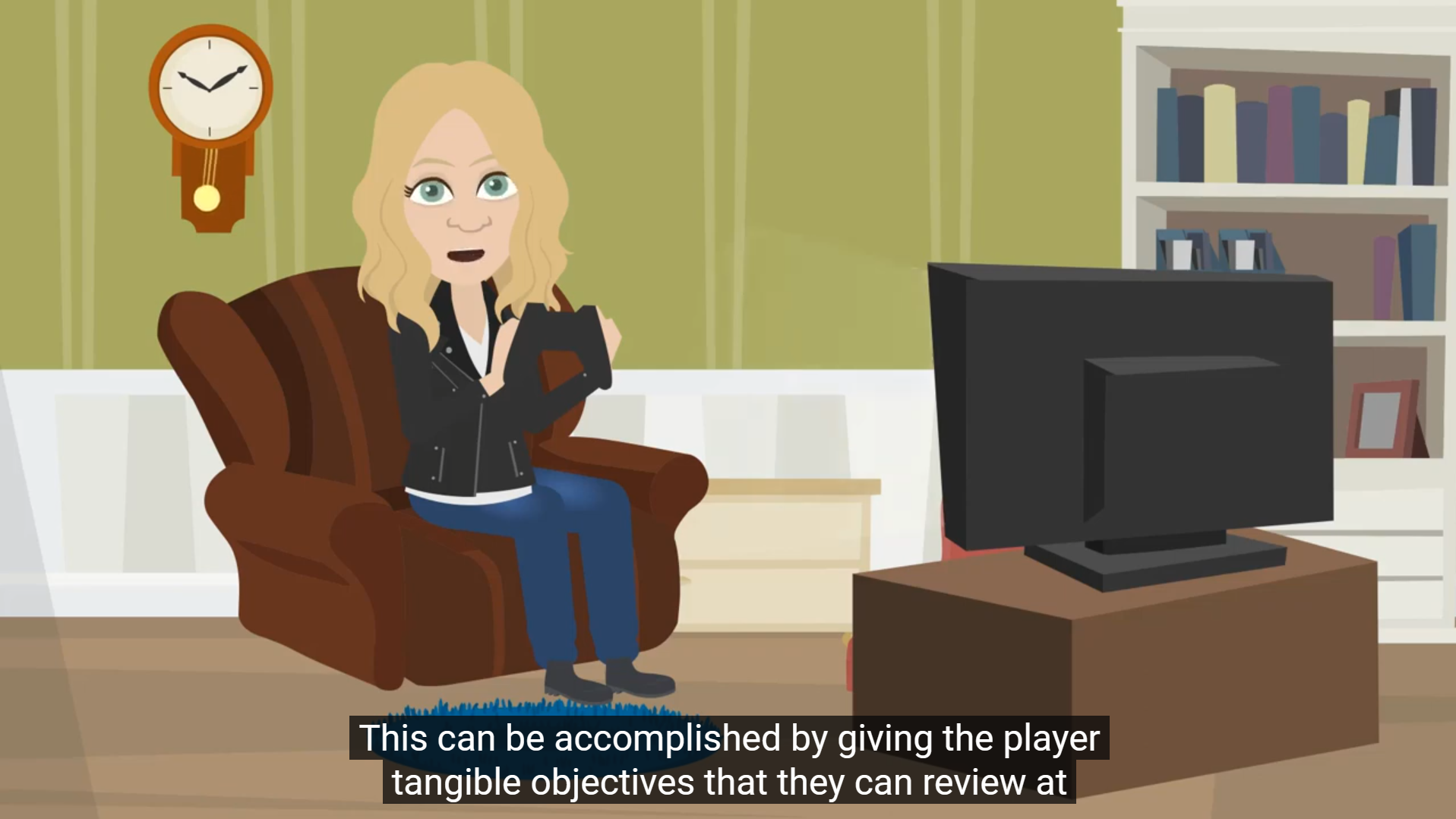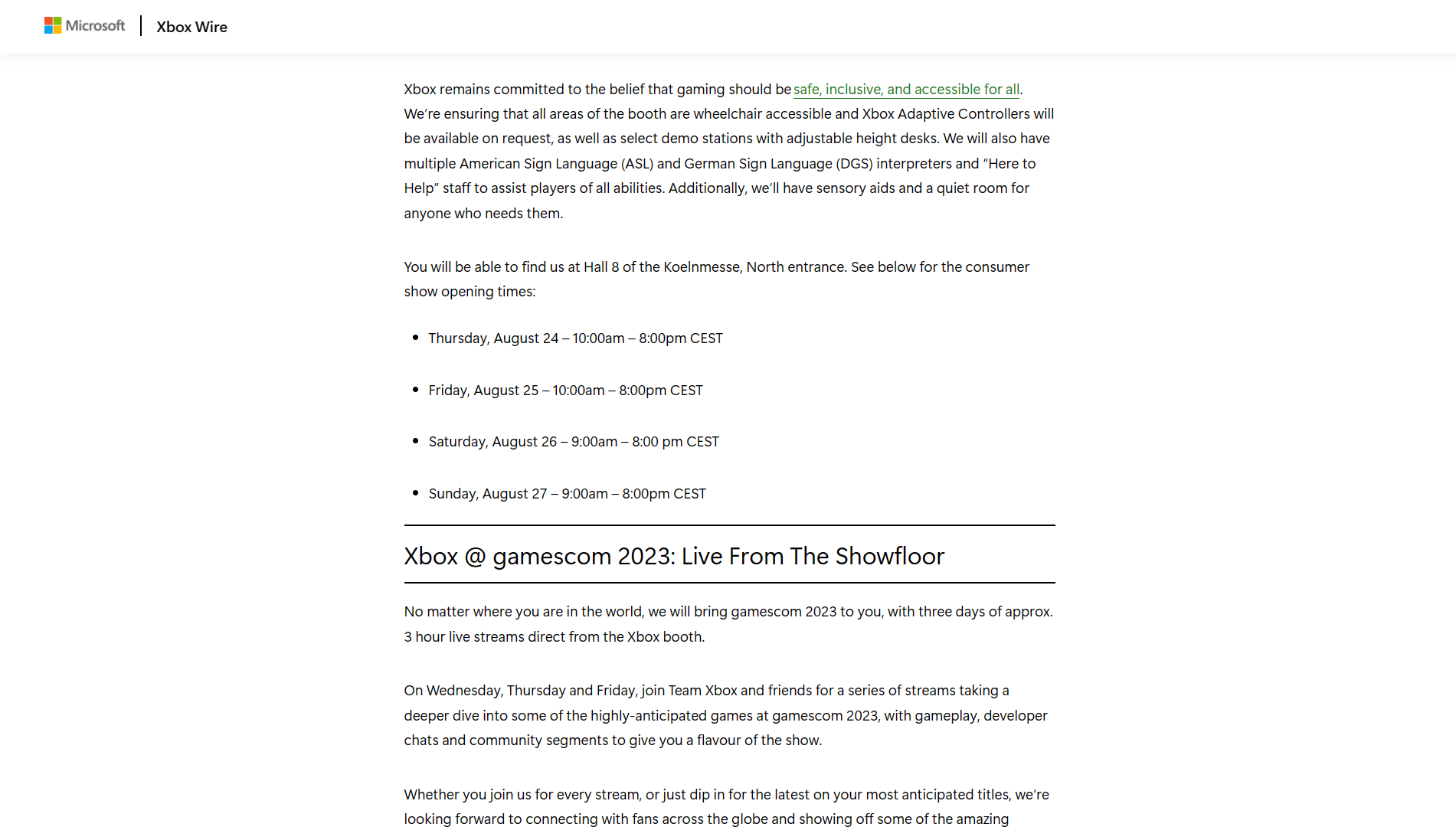Playbook for Accessible Gaming Events Guideline 103: Social Media
Most events will have some form of announcement and/or updates planned for social media. Social media can be a fantastic way to educate your guests on the accessibility of your event. But a lack of accessibility in your social media posts may cause frustration or even lead to people being unable to find information on / register for your event.
Thankfully, with just a few steps, you can ensure your social media will be accessible to all potential guests.
Scoping questions
If you answer "Yes" to any of the following questions, this guideline applies to your event:
Do you plan on announcing your event via social media?
Do you plan on keeping guests updated on event information via social media?
Do you plan on providing social media updates as the event progresses?
Do you plan on providing some form of wrap-up for or celebration of your event on social media once it has concluded?
Implementation guidelines
Consider implementing the following guidelines for your event.
Images
- Alt-text
Ensure that any images posted have clear and concise alt-text.
If an image is posted with text in it, ensure that all text in the image is included in the alt-text.
Videos
Closed Captions
- Ensure video materials with any speaking, sound effects, and/or music have an option for closed captions. If the platform you are posting on doesn't give users the ability to turn captions on/off, burn the captions directly into the video.
Example (expandable)

The above screen capture from a video has closed captions that can be turned on/off. The captions are in proper sentence case and accurate.
If using open captions (sometimes referred to as "burning in" captions), ensure that a large font size is used, the font is sans serif, that there is an opaque background behind the text, and that the color contrast ratio between the foreground color of the text and the opaque background is at least 7:1.
Use proper sentence case for closed captions.
Do not rely on automatically generated captions.
Validate all captions before posting.
Audio Description
- Audio Described Content
Ensure video materials with any action that is not already described as part of the narration include audio descriptions or that links are provided to audio-described versions.
Use simple, concise descriptions.
Use complete, natural language sentences.
Identify who is speaking.
Identify the location / scene.
Validate all audio descriptions before posting.
Photosensitivity
- Videos
Ensure your videos are free of flickering, rapid flashes, red flashes, and alternating patterns of different colors.
Ensure your videos are free of stripes of contrasting colors.
Information
Accommodations
- Ahead of the event, use social media to describe what sorts of major accessibility accommodations will be available at your event, such as sign language interpretation, closed captions, audio descriptions, sensory processing aids, quiet rooms, etc.
Example (expandable)

An article announcing Xbox's presence at gamescom has information on the accommodations that will be available at the event.
Resources and tools
Article | Adding an audio description to your videos | gov.uk
Tool | Cambridge Research Systems Ltd | hardingfpa.com
Article | Everything you need to know to write effective alt text | microsoft.com
Article | Photosensitivity and Seizures | epilepsy.com
Article | Photosensitive epilepsy and image safety | sciencedirect.com
Article | Social Media Platform Guides | ucdavis.edu
Article | The Ultimate Guide to Audio Description | 3playmedia.com
Article | Xbox Accessibility Guideline 118 - Photosensitivity | microsoft.com